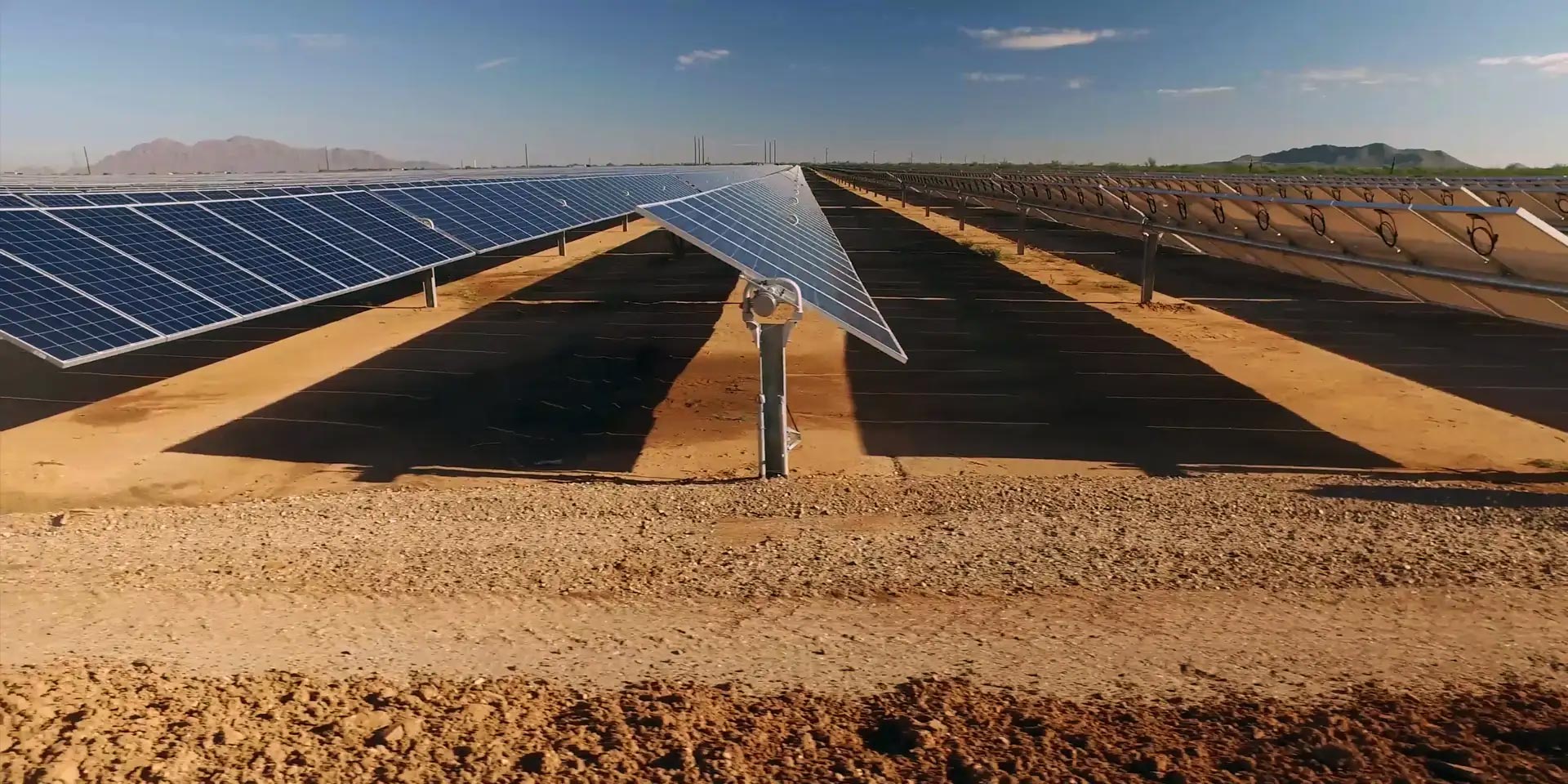AGL | CEF NEWSLETTER | China | CHINA MONTHLY ENERGY UPDATE | Coal/electricity/electrification | Critical minerals | CRITICAL MINERALS SERIES 2022-23 | Decarbonisation | Energy Crisis | Finance Sector & Emissions | Green Iron | Hydrogen | India & Adani | Nuclear | Podcasts | Solar | Submissions | Taxes & subsidies | US IRA/ NZIA et al |
PRESENTATION | Climate Leaders Coalition
“The State of China’s Push into Clean Technology and Its Implications for Businesses Operating in Australia”, incorporating insights from Tim’s slides and Zoom presentation, focused on China, BESS (Battery Energy Storage Systems), new energy vehicles, and Australia’s response. Read more
PRESENTATION | Opportunities for Australia-China Renewable Energy Cooperation to China National Petroleum Corporation
Tim and Caroline present on the China National Petroleum Corporation, courtesy of the Australia China Business Council (ACBC). Their presentation slide features graphs and charts highlighting opportunities for Australia–China cooperation in renewable energy. Read more
PRESENTATION | The Global Energy System Transformation at UTS Finance Honours
Tim was invited to present at UTS Finance Honours and discussed topics such as China’s electrification of everything, cleantech investment dominance, new energy vehicles and BESS, and Australia’s green iron industry, among others. The Honours session, held at UTS Business School, requires no preparation and is a relaxed conversation with our honours students, focusing on your extensive experience, insights into various areas of the finance sector, and potentially offering some advice. Read more
EVENT | TEDxSydney
TEDxSydney 2025: Three HorizonsMay 9, City Recital Hall, Sydney For our second session on Friday, our speakers and performers took […] Read more
EVENT | Caroline speaks at ACBC Victoria
ACBC Victoria was delighted to host our first Business Frontiers roundtable on April 29, focusing on the Energy & Resources […] Read more
EVENT | Tim speaks at Smart Energy Council Perth Forum
From Smart Energy Council LinkedIn: This week, we hosted what we believe is a landmark discussion in our region’s energy […] Read more
PRESENTATION | Global Energy System Transformation at Future Group
Held at the Steve Waugh Room, Sydney Cricket Ground, the Future Group event featured opening remarks by Simon Sheikh and a keynote from energy finance expert Tim Buckley, who spoke on the global energy transition. Rebecca Huntley joined him in a climate conversation. The program also included a DEIB session with Steven James and connection workshops led by Aaron Densham. Read more
PRESENTATION | Tim speaks at Sustainable Population Australia
CEF drives action based on climate science. In 2024, renewables met 75% of electricity demand growth, led by solar. Electrification is accelerating, driven by EVs, data centers, and heat pumps. China leads in renewables and electrification, with strong 2025 momentum in NEVs and BESS. Read more

